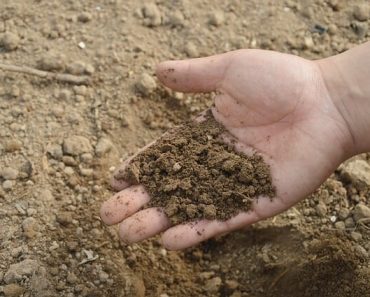Hello Guys ,
:Welcome back to my youtube channel ..
There is the few survivalist foods ..
Complete Eat” Plants & Flowers
A wide array of plants and flowers can be safely consumed—but many come with caveats like “eat the leaf but not the stalk.” So if you’re in a bind, it’s helpful to know which plants and flowers can be eaten in their entirety without having to remember species-specific “ifs” and “buts.”For example, amaranth is a weed native to the Americas that can be consumed as-is. While it’s recommended to boil it to remove the harder-to-digest oxalic acid and nitrates it stores—as well as the small spines sometimes dotting its leaves—it’s safe to eat raw.Four-leafed or otherwise, clover is another survivalist staple. It often grows in thick patches and can be eaten raw or boiled down. The reddish varieties are especially nutritious, providing varying degrees of calcium, potassium, and vitamin C.
Maybe Your Belt (But Definitely Not Your Shoes)
Yes, you really can eat leather. Well…sort of. It really depends. Before preparing a fillet of (shoe) sole, understand not all leathers are created—meaning tanned—equally, and that this distinction is the difference between passable and poisonous.In its purest form, leather is completely edible, containing approximately 35% protein and 65% water. However, various leather products are tanned differently, and those that are chemically tanned are dangerous to consume. For example. a tanning agent called anthracene can damage the kidneys and liver, while common finishing agents like formaldehyde and arsenic are well-known toxins.Shoe leather is a big no-no, as it’s almost always tanned in harsh chemical concoctions. A test of 21 pairs of brand-name leather shoes found, to varying degrees, arsenic, cadmium, cobalt, copper, lead, nickel, and zinc. High levels of trivalent chromium were found in every pair and mercury in all but one. So please, eschew the shoe stew. Luggage and wallets also frequently contain such toxins.The three safest leather products are saddles, holsters, and belts, as these are commonly tanned using vegetable oil. Assuming you’re not stranded in 19th-century Tombstone, Arizona, a belt is the likeliest available menu item. Still, you’ll need to boil water—meaning a fire and some sort of heatable container is required—before the leather luncheon can commence. Soak it for a good long while, then hold your nose and pretend it’s Burger King
Worms
…are gross, and a recent peer-reviewed study confirmed they have cooties. But they are both edible and readily accessible, so onto the list they go.If you’re stranded in a wooded area (and it hasn’t recently rained, which would make the task quite easy), the best place to catch worms is by finding and clearing a layer of ground-level, preferably leafy vegetation. Worms like moist soil, and this will generally be the dampest dirt. If you’re sheltering in place awaiting rescue, covering the damp ground with a piece of cardboard is a reliable way to attract a steady supply of worms.Another quick trick can lead to a worm-filled feast, but it requires something you might not have: dish soap or laundry detergent. If you have it, mix it up with water and spray it generously on the ground. Worms hate soap (because they’re filthy and live in dirt) and will come shooting to the surface within minutes.That these creepy-crawly creatures amount to a wriggling superfood is proof that God a) exists and b) has a sense of humor. If you can stomach them, worms are packed with protein and have high levels of iron and amino acids. They also contain copper, manganese, and zinc. If you absolutely must, try smoking them over a fire, a popular means of preparation for some indigenous peoples in South America.
Don’t miss the previous amazing videos
5 TRUE HUNTED SCHOOL STORIES THAT MADE THE NEWS
Music Credit:
Delicate Steve
Song name:Sailing
Link::https://www.youtube.com/c/DelicateSteveMusic/videos
● COPYRIGHT NOTICE ●
All clips included in this video are under fair use.
#Stay tune
View original video here

























